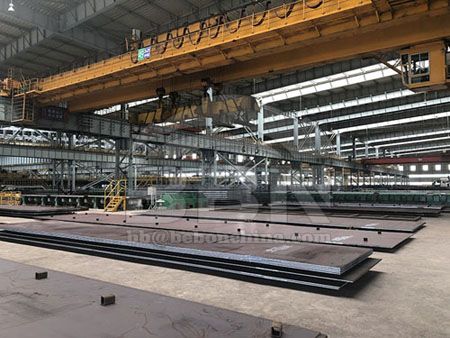
To weld Q345B steel effectively without compromising its strength, several key considerations should be taken into account:
1. Proper Pre-weld Preparation: Ensure the welding surfaces are clean, free from contaminants, and properly prepared. This includes removing rust, scale, and any surface coatings.
2. Welding Technique Selection: Choose suitable welding techniques such as shielded metal arc welding (SMAW), gas metal arc welding (GMAW), or submerged arc welding (SAW) based on the specific requirements of the application and thickness of the material.
3. Optimal Welding Parameters: Set appropriate welding parameters, including voltage, current, travel speed, and electrode size, to achieve the desired weld penetration and fusion while avoiding excessive heat input.
4. Preheating: Consider preheating the base metal before welding, especially for thicker sections, to reduce the risk of hydrogen-induced cracking and ensure better weldability.
5. Post-weld Heat Treatment: Depending on the application and specifications, post-weld heat treatment processes like stress relieving or tempering may be employed to minimize residual stresses and improve the overall strength and toughness of the welded joint.
6. Proper Filler Material Selection: Select compatible filler materials that have similar or higher strength properties than Q345B steel to maintain the integrity and strength of the welded joint.
7. Quality Control: Implement thorough quality control measures, including proper inspection and testing techniques, to ensure the weld quality meets the required standards.
By adhering to these guidelines and industry best practices, effective welding of Q345B steel can be achieved while preserving its strength characteristics.
Just like you, 70% customers choose long-term cooperation with BBN steel not only for our good product and service quality, good reputation in the international market, but also for our experienced one-stop raw material supply and further steel processing!
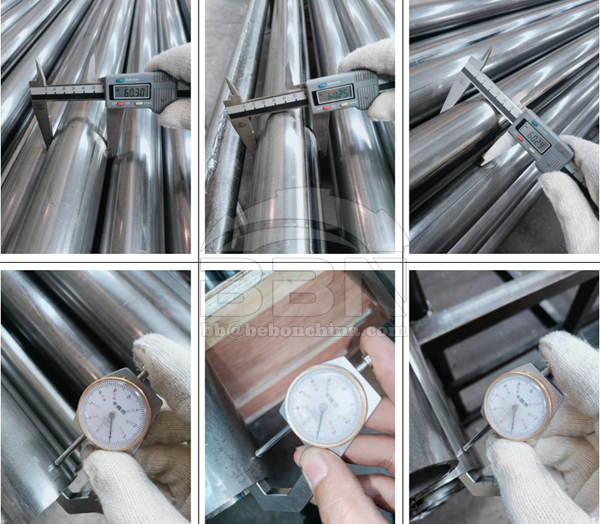

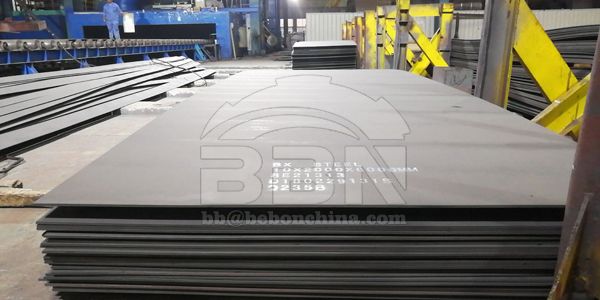
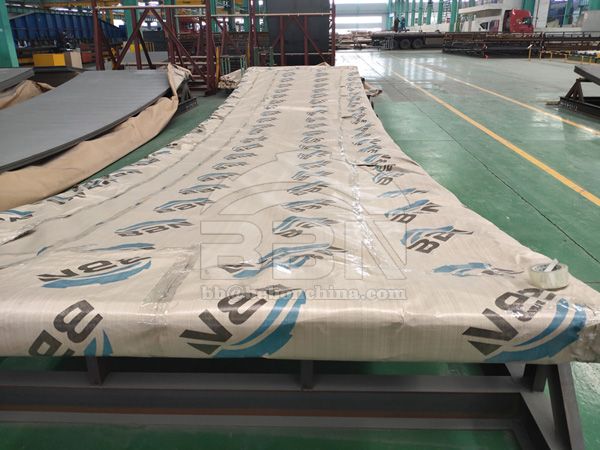
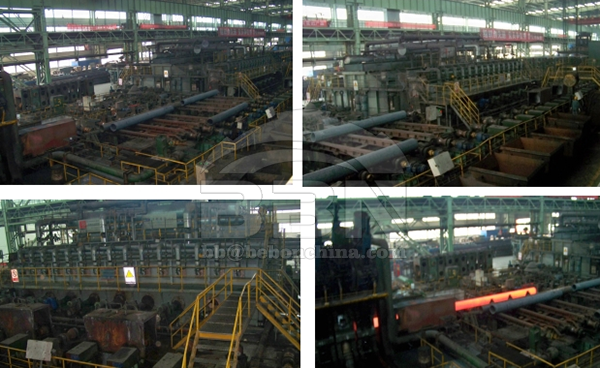
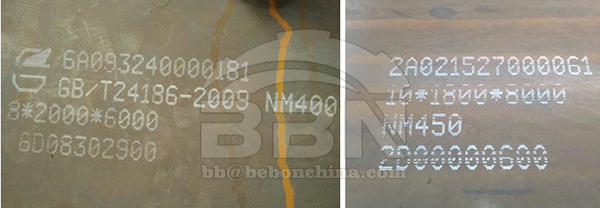

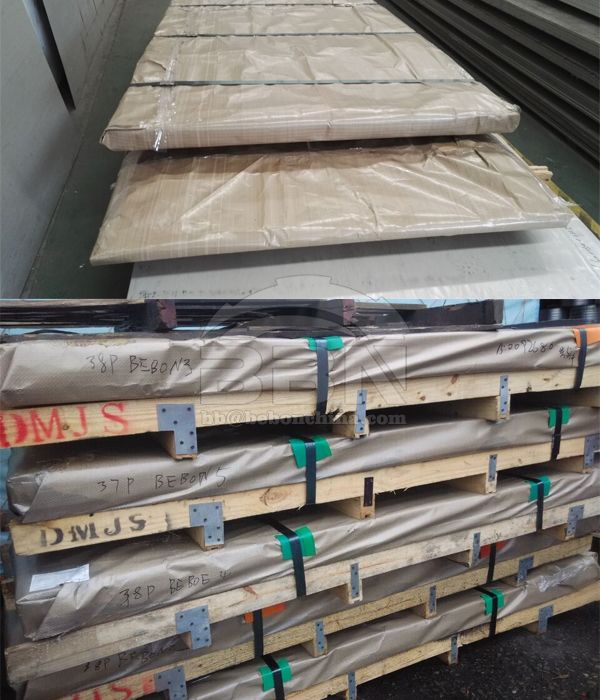
Henan BEBON Iron&Steel co.,ltd.